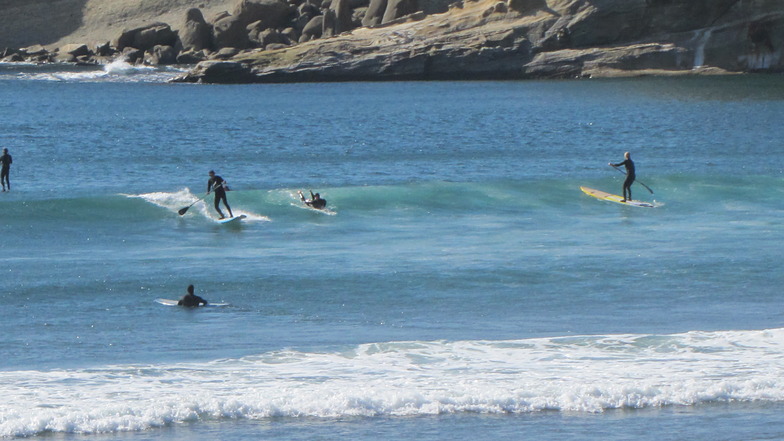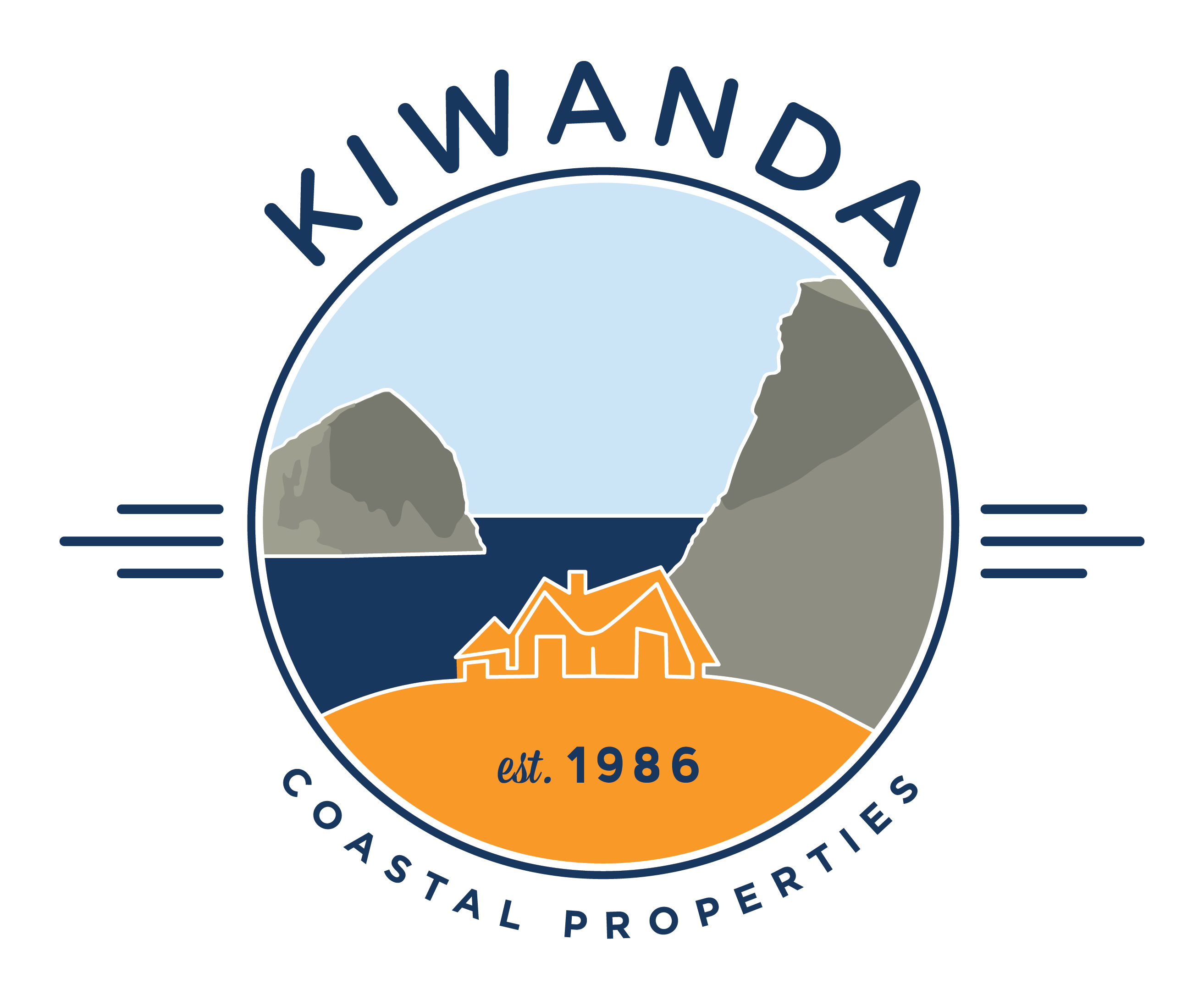In light of the recent, 23rd Annual Cape Kiwanda classic, it may be a good idea to shine light on the numerous health benefits of grabbing a board and playing in some waves! This post is closely related to our “Benefits of the Beach” series . . . a spinoff, if you will. In this series, we will specifically look into the anatomy of the human body, and how it interacts with the sport of surfing, physically and mentally.
The Oregon Coast is a fantastic place to surf, especially in Pacific City. But why do people do it? Is there a reason for surfing aside from the joy of riding waves? As it turns out, there definitely is more to the surfing addiction than many people realize. Let’s take a look!

- Surfing employs cardiovascular exercise: According to a study done by the BetterHealth Channel, the act of surfing is a cardiovascular exercise; a type of exercise that includes jogging or hiking. Also known as aerobic training, cardiovascular exercise means literally, according to the Cleveland Health Clinic, to train “with oxygen.” Essentially, one engages in aerobic exercise when they partake in any activity the requires extensive breathing, resulting in the rapid build up of lactic acid within certain muscle groups. For example things like weightlifting or yoga are not included in this category, as these workouts don’t employ extensive breathing over elongated periods of time. These workouts would be considered “anaerobic” which is quite literally any exercise that doesn’t relate to cardiovascular exercises. It is widely recommended that one spend thirty minuets a day engaging in cardiovascular exercise. Back to surfing . . . in some cases, the mere paddle out can take fifteen minutes, so one can expect to stay in the surf for at least an hour, if not more. This makes surfing a great way to achieve the recommended amount of daily aerobic activity.
- Surfing builds shoulder and back muscles: Although surfing is great for cardiovascular exercise, it also is an outlet for building muscle. Surfing is volatile as an activity. One could catch twenty waves one day, and three to none the next. However, there is one thing that remains consistent every surf session: paddling. You have to paddle a lot when you go surfing! First, there is paddling out through the waves–one of the most challenging and daunting tasks in the sport. Once you are in the lineup, however, you have to be constantly readjusting in the water, paddling up or down the beach to be in the ideal spot to catch a wave. In the act of paddling, one activates the tricep, bicep, deltoid, trapezoid, and many other muscle groups. Paddling requires a full rotation of both arms, which are resisted by the water. Thus, surfing is perfect for those who wish to build their arms, shoulders, and upper and lower back. And, once again, it is super fun . . . a great alternative to the gym, if you ask me.


